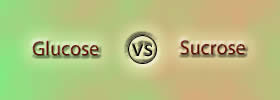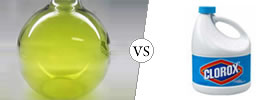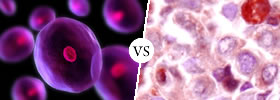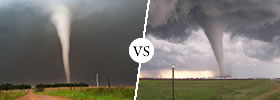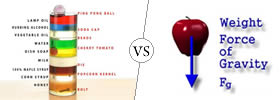Science & Mathematics
|
Zero has a numerical value of ‘0’ and is an integer that immediately precedes 1. Nothing is the absence of something or a void. Nothing is also associated with the idea of nothingness, where nothing exists; it is a state of non-being or non-existence. |
|
Silicon is a metalloid element that is found in the earth’s core. It is found widely in dusts, sands and a part of the planet’s crust. Silicone is a polymer created by mixing silicon with other elements such as carbon, hydrogen and oxygen. |
|
Magnification is the process of enlarging an object by using an optical instrument. In magnification, an object that is small in size is usually enlarged using devices such as magnifying glass or microscope. Resolution is the term that is used to describe the crispness and detail of an image. In optics, it is most commonly described as the ability of an imaging system to resolve detail in the object that is being imaged. |
|
Glucose is a monosaccharides sugar. Glucose is the primary source of energy for cells and a metabolic intermediate. Sucrose, the common table sugar is a type of disaccharides. As a disaccharide, it is made up of two molecules; one of glucose and one of fructose. |
|
Chlorine is an element and has the atomic number 17. It belongs to the halogen group and is the second lightest halogen after fluorine. It is a strong oxidizing agent. Bleach is any chemical that is used in order to remove color, disinfect or whiten objects. |
|
A wire is a single conductor while cable is a group of two or more conductors. |
|
Cells are the smallest unit of life which form the basis of an organism. Tissues are groups of like minded cells working together. |
|
A tornado and a twister are the same thing. The term ‘twister’ is a slang term for a tornado. |
|
Tables represent facts and figures in a row and column format. Charts represent data in a more graphical manner which may include lines, bars and circles. |
|
Mass is divided into three types: inertial mass, active gravitational mass and passive gravitational force. The most common type used in physics is the inertial mass, which is a quantitative measure of an object's resistance to acceleration. In the scientific world, matter is defined any object that has mass or volume (occupies space). |
|
Density is the object’s mass per volume. Weight is the force that the earth pulls on the mass of the object. |
Pages
 |
 |
 |
 |
 |
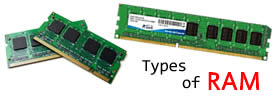 |
 |
 |



